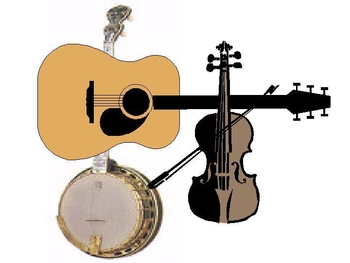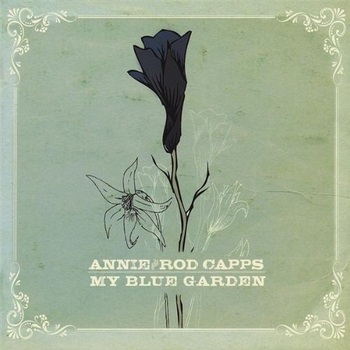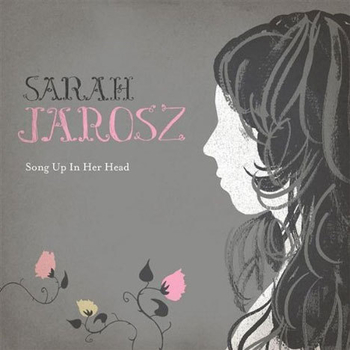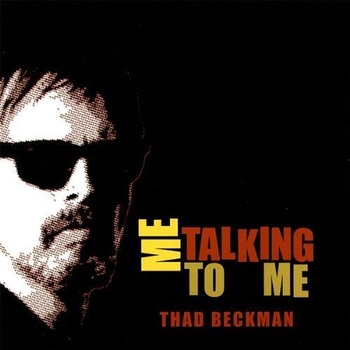
What is folk music? Some people would say that it is a single performer, with a guitar or banjo, performing traditional songs. The Joan Baez song in my last post is a fine example, and it is certainly folk music. But this definition excludes traditional music for larger groups of musicians. Bluegrass, for example is certainly folk music. Traditional music is a term which does not mean that the music was not written by anyone; it means that the name of the original author has been lost, and that the music passed into the oral tradition, where it was changed. So does this mean that music cannot be folk music if the author is known? That would exclude the songs of Woody Guthrie, for example. And his songs are changed by each person who performs them. Different arrangements spring up, and some artists even add or update the lyrics. It is just as problematic to say the a song must be so old to be a folk song. How old? Who decides? Finally, many people would say that folk music must be acoustic. But Steve Goodman is widely considered to be a folk musician, and he frequently included electric instruments in his arrangements.
So I would say that folk music displays deep knowledge and influence of traditional music, but may update both the content and the sound for contemporary audiences. An arrangement of Lord Franklin from 150 years ago, about the time it was written, would not have included an electric guitar. But that is not out of respect for tradition, but simply because the technology did not exist yet.
Here then is a set of the folk music of today. I have deliberately chosen only songs written by the artists performing them. These songs provide a range of answers to the question of what folk music is today. I believe that each of these artists would be welcomed at a modern folk festival. And, if I was there, I would try to catch all of their sets.
Anne & Pete Sibley: Pick Up These Chains
[purchase]
Anne and Pete Sibley are acoustic musicians. Their arrangements are spare, often just the two of them singing together and playing guitar and banjo. They make this work beautifully. Pick Up These Chains is about how love can pass down through generations, a perfect theme for a folk song. This music reminds us that country music at its best grew out of folk music. The Sibley’s songs are mostly originals, but maybe they will be considered part of the tradition one day. I can certainly hear why.
Annie & Rod Capps: Another Day
[purchase]
Annie and Rod Capps are songwriters, and I would think that that is how they will be known in the future. Another Day is a beautifully realized character portrait that also tells a story. The Capps use fuller arrangements, sometimes including electric guitar and even drums, but there is a delicacy to their arrangements. This goes well with Annie Capps sweet voice. That sweetness can seem to mask the emotions of the songs sometimes, but in the end the feeling always comes through.
Sarah Jarosz: Broussard‘s Lament
[purchase]
Sarah Jarosz was jamming with musicians like David Grisman when she was twelve. She’s eighteen now, and she has come into her own as a songwriter. As she gains experience, she is going to be downright scary. Jarosz can play fairly straight bluegrass, but she can also blend in the jazzier sound Grisman is known for. Broussard’s Lament starts as a folk ballad, and evolves into a Grismanesque jam. Throughout, Jarosz never loses track of her subject. She creates a protagonist who relates their experience of the New Orleans flood. There are many older musicians who can not show off their prowess as players and arrangers, and put over the emotion of their lyric at the same time. Jarosz can and does. 
Thad Beckman: I‘m Falling Apart
[purchase]
Thad Beckman probably isn’t as old as he sounds. He sings in a weary and gruff voice, and his characters are often in decline. This is the stuff of country and blues, and both are well represented here. I’m Falling Apart is a bluesy number concerning a classic subject: the end of a relationship. Beckman obviously knows and loves this music, and his songs ring true.
Barbara Lamb: I Was Wondering
[purchase]
Barbara Lamb is a contradiction. On the one hand, her fiddle playing and her vocal harmonies show a deep understanding of bluegrass music. But she adds percussion from various parts of the world, and also electronic effects. And she plays almost everything herself, so this music is entirely a product of the recording studio. Still, the mix is intoxicating. One minute, the music is almost straight bluegrass, and the next there is a hip-hop flavor to it. So call this music mutant bluegrass, and enjoy the ride. This may or may not be something that will sound normal in the future. It depends on how many people can pull it off. Meanwhile, whatever else this music may be, it is a lot of fun.






2 comments:
Darius,
What a great explanation of Folk Music. I grew up in the 60's with all the incredible music. Folk stuck with me and hardly a day goes by without a new talent enriching my Life. Each of your selections extended that pleasure on this Easter Morning. Thank you.
Insightful description of "folk music" which seems to mean something different to everyone. I enjoyed the musical samples.
Post a Comment